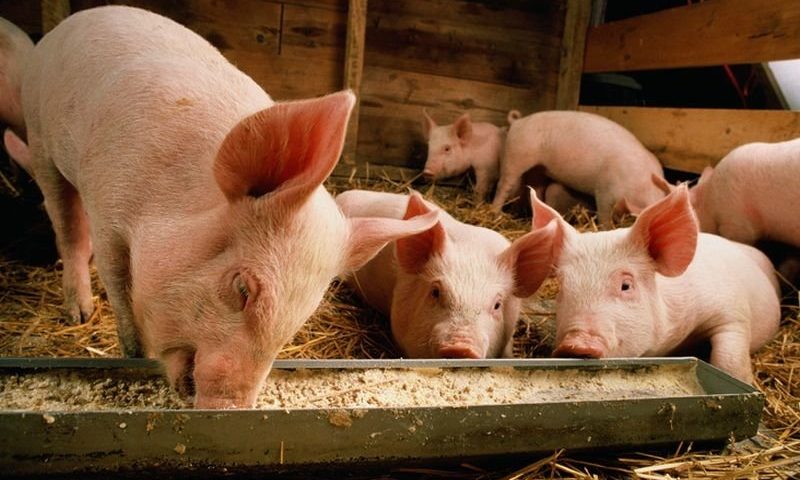After a major cardiac event, the heart can’t repair itself, leaving permanent damage that increases the risk of future troubles. Now, scientists at Texas Heart Institute believe they may have found a viable strategy to help the heart regenerate by way of a gene therapy.
The gene therapy uses an adeno-associated virus (AAV) to carry a DNA-silencing RNA molecule. The RNA suppresses the Hippo signaling pathway in heart cells. In pig models of heart attack, an injection of the therapy into the heart helped cardiac tissues renew, reduced scar sizes and improved heart function compared with control animals, according to results published in Science Translational Medicine.
Given that the pig’s heart looks and functions much like a human heart, the findings provide evidence that the gene therapy might one day be useful in treating human heart failure, a leading cause of death worldwide, the researchers argued.
James Martin, M.D. Ph.D., the corresponding author of the new study, has co-founded a company called Yap Therapeutics to take this therapy forward, potentially into human clinical trials.
Heart attacks kill millions of cells known as cardiomyocytes. But only 1% of a young person’s cardiomyocytes renew per year, making the damage mostly beyond repair.
In a search for possible ways to turn up cardiomyocytes’ regenerative power, the Texas Heart Institute researchers zeroed in on the Hippo pathway, which controls organ size in animals by regulating cell proliferation and programmed cell death.
Martin and colleagues previously found that the Hippo pathway is activated in the heart after a heart attack, blocking the organ from regenerating its tissue. Removing a gene called SAV in the pathway helped mice recover from a heart failure, a 2017 Nature study led by Martin showed.
This time, the team tested the approach in pig hearts, which share many similarities with human hearts. The researchers designed short hairpin RNAs (shRNAs) against the SAV gene and wrapped them in a viral vector. They injected the gene therapy into the border area between damaged and viable heart cells in the pig model.
Left ventricular function gradually improved over time in pigs that got the gene therapy. Three months after treatment, animals that received a high dose of the therapy showed a robust improvement in ejection fraction, the team reported. In contrast, pigs that got a control therapy demonstrated reduced left ventricular function.
Further analysis confirmed that the hearts of pigs treated with the gene therapy had smaller scars as the control hearts did, and that cardiomyocytes had indeed divided as they repaired the damage.
The best existing treatment for heart failure is a transplant, but some people may not be suitable for such a procedure and sources of transplantable hearts are limited. Thus several academic groups have focused their research on the regenerative path. Scientists at UT Southwestern Medical Center, for example, recently pinpointed a protein called calcineurin as a key player in blocking the heart’s ability to regenerate itself.
Martin’s team noted that their approach is different from another gene therapy method that used a microRNA to induce heart tissue regeneration. In a 2019 Nature study, a team of scientists in Italy took advantage of the microRNA-199a’s ability to interfere with the Hippo-YAP pathway, which can return cardiomyocytes to a state of active division. While a gene therapy based on the microRNA did regenerate heart muscle and helped improve contractions in pigs’ hearts, the cardiomyocytes eventually grew out of control, leading to heart-related death in most of the animals about two months after treatment.
The Texas Heart Institute gene therapy appeared to be safely tolerated, as the animals were alive and showed no tumor formation in the liver and the lung at the end of the experiment.
“Our findings support our goal to move on to human clinical trials,” Martins said in a statement. “This is a potentially transformational strategy to treat human heart failure. It taps into the healing capacity of the heart, promoting heart muscle self-repair and improved function, which can make a substantial difference in the lives of those who suffer a heart attack.”

